The Center for Developmental Biology and Regenerative Medicine (CDBRM) studies the body's response to injury at multiple levels, including molecular, cellular, tissue and whole-organ. CDBRM uses the Beier Lab's research to develop therapeutic interventions that will ultimately help the body repair itself.
-
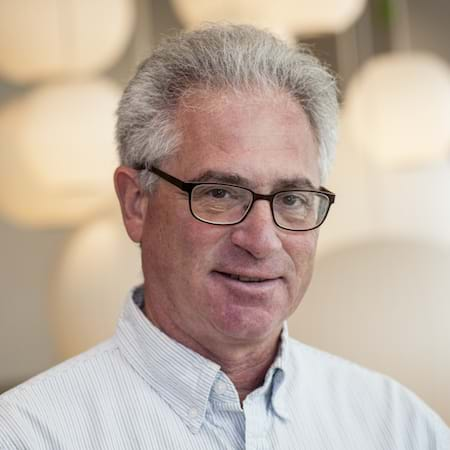
Beier Lab
The Beier Lab studies organ development and repair using genetic and genomic analysis of model systems and human birth defect syndromes.
Related topics: Congenital developmental defects, genetic kidney disease
-

Bennett Lab
The Bennett lab at Seattle Children’s Research Institute investigates the contribution of post-zygotic mutations on human development and birth defects, with a focus on vascular malformations. We also study the impact of rapid diagnostic genomic sequencing in management of children in intensive care units. -

Cherry Lab
-
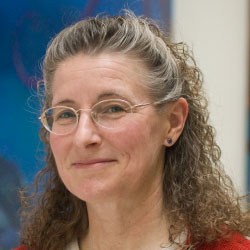
Hing Studies
Dr. Anne V. Hing investigates the genetic causes of craniofacial disorders and specializes in recruiting patients for studies. -
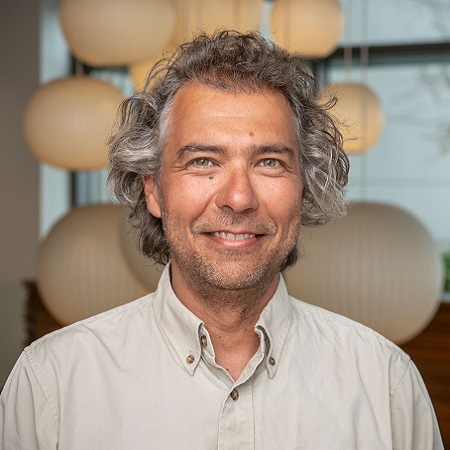
Maga Lab
The Maga lab investigates fetal alcohol syndrome and the mechanisms responsible for human malformations, specifically craniofacial disorders. -
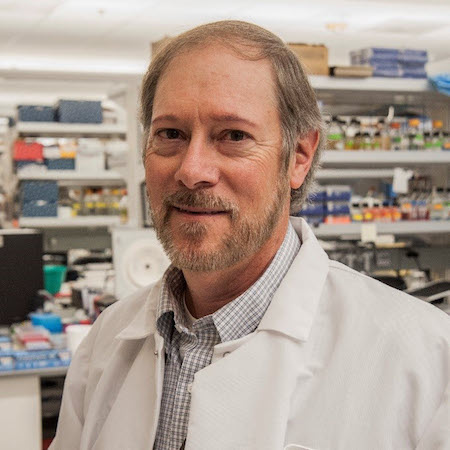
Majesky Lab
-

Maves Lab
The Maves lab investigates skeletal muscle and heart development, with the goal of making discoveries that lead to new treatments for muscular dystrophy and heart disorders.
-
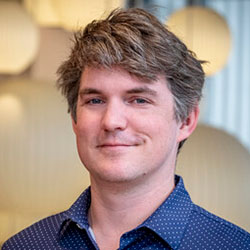
McCarthy Lab
The McCarthy Lab is focused on understanding epigenetic mechanisms regulating cell identity during development, and applying these discoveries to cell reprogramming with the goal of developing liver cell therapies for transplantation.
-

Nguyen Lab
In the Nguyen Lab, we investigate the genetic and epigenetic changes occurring after kidney injury. -
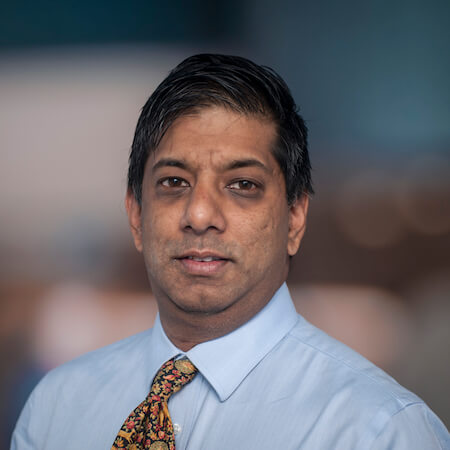
Nigam Lab
-

Paquette Lab
Pregnancy and the perinatal period represent a transient but crucial time in an individual’s life that has lasting impacts on human health. The placental is a crucial mediator of the in-utero environment, and perturbations to placental function may influence fetal growth and development. Our long goal is to gain insight into the underlying molecular mechanisms linking the in utero environment and birth outcomes by applying innovative network biology approaches and multi-omic data analysis within the placenta.
-
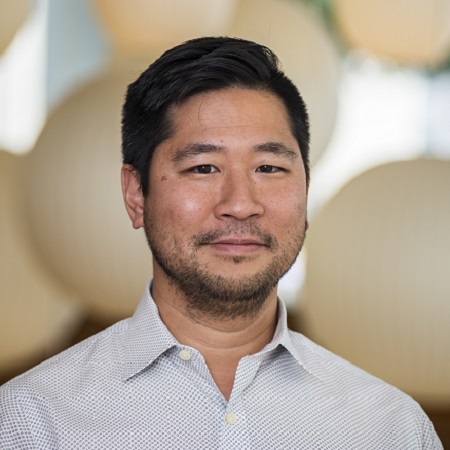
Shih Lab
The Shih Lab uses advanced optical imaging to study neurovascular function in the living brain. Our goal is to better understand how blood flows through the brain by watching and learning from model organisms. This can provide clues on the development and repair of key vascular functions, such as the blood-brain barrier, which may one day help protect blood vessels in the aging and diseased brain. -
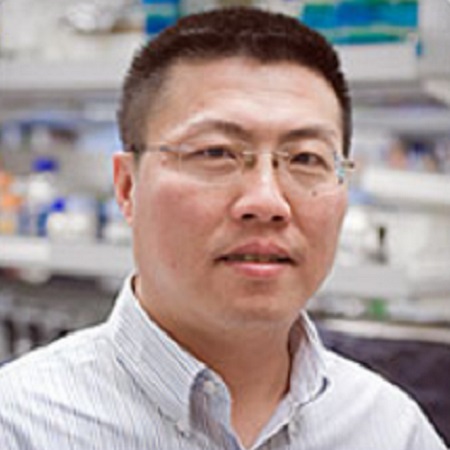
Yu Lab
Dr. Kai Yu’s lab studies how craniofacial malformations occur, opening the door to new ways to diagnose, prevent and treat them.